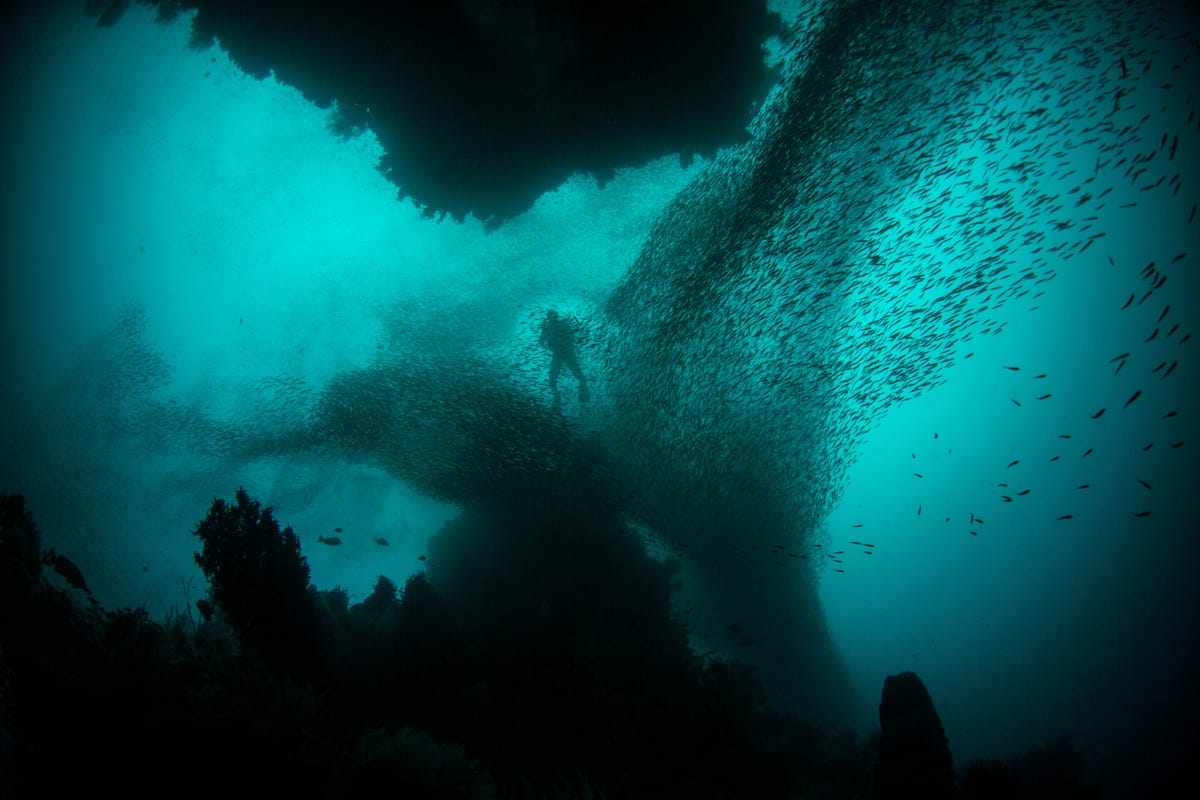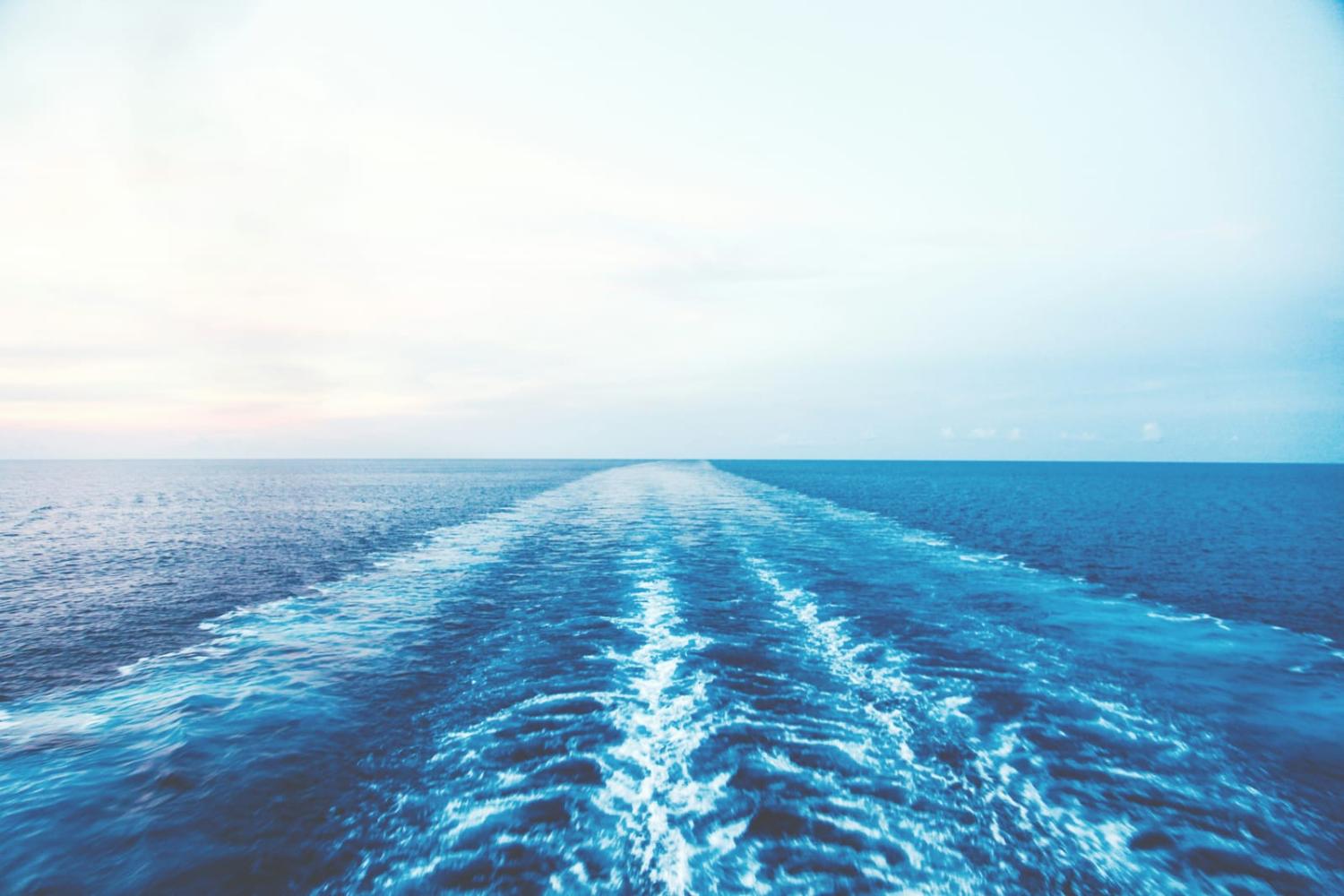Hydrography, the mapping of bodies of water and surrounding coastal details, is the new front in the battle for influence in the Indian Ocean. There is growing competition among India, China and others to chart international waters as well as the exclusive economic zones of countries around the region. Smaller nations are pushing back, wanting to build their own sovereign capabilities and control over information about their maritime domain. Australia can play a useful role in finding ways to build local capabilities and ameliorate this new source of strategic competition.
More than just crucial for the safely at sea of commercial and private boats and ships, hydrographic data is also essential for naval operations, including surface vessels and submarines, as well as emerging commercial activities such as seabed mining.
It’s said that humanity knows more about the surface of the Moon than the ocean floor. This is particularly the case in the Indian Ocean, which is among the least charted oceans in the world. During the search for the missing Malaysian Airlines MH370 in 2014 it became evident that we had little idea of what the ocean floor looked like. Indeed, many countries in the region still often use colonial-era charts from the 19th century.
Hydrography is now assuming a geopolitical focus with major powers competing to provide hydrographic services to countries with few capabilities or little expertise in this area. This is used to demonstrate regional leadership and, more importantly, gain access to data vital for military purposes such as submarine operations. Underlying this are important issues of sovereignty. Who should own or control information about the sea, particularly in areas of national jurisdiction?
India has long sought to position itself as a regional provider of hydrographic services. It has a fleet of about seven hydrographic vessels and has conducted approximately 100 foreign hydrographic surveys, including in Maldives, Mauritius, Kenya, Tanzania, Myanmar, Sri Lanka and Seychelles just in the last few years. India also builds local capabilities, including training for around 800 foreign nationals from countries throughout the Indian Ocean, Asia and Africa.
Accepting hydrographic assistance makes a lot of sense for many countries in the region that may have large exclusive economic zones with little idea of what is down there. But what was once considered to be uncontroversial is now much more fraught.

China is now offering itself as an alternative provider of hydrographic services to many countries. Chinese agencies operate more than 30 oceanographic surveillance and research vessels, many of which also have electronic surveillance capabilities.
But while Chinese offers of assistance can be tempting for many, letting them map areas of national jurisdiction has become highly controversial. India, in particular, has significant concerns about China’s research activities in the Indian Ocean, particularly near the Bay of Bengal where India’s nuclear submarine fleet is based.
These issues have come to a head in Sri Lanka. The presence of Chinese research vessels in Sri Lankan waters, most recently the Shi Yan 6 in October 2023, drew loud protests from New Delhi. Shortly after, Sri Lanka announced an effective 12-month moratorium on research by all foreign research vessels while it worked out what to do about the issue. The Sri Lankan government later moved to cancel an agreement between a Chinese institute and a local university under which China gained easy access to Sri Lanka’s waters, and its hydrographic data. The government also created a new agency under the Ministry of Defence to supervise hydrographic research.
Controversy was reignited after a German research vessel was allowed to dock in Colombo for replenishment last week.
Hydrographic information is not only a security issue but also an economic one. Through regaining control over its hydrographic data, the Sri Lankan government hopes to make considerable profits from providing electronic charts to the hundreds of ships that pass Sri Lankan waters every day. To achieve this, Sri Lanka needs to develop its sovereign hydrographic capabilities. The United States and Australia are considering what assistance can be provided.
Similar controversies are unfolding in nearby Maldives, an island state with a tiny population but a huge maritime jurisdiction. In December last year, the newly elected Maldives government announced that it would not renew an agreement with India under which India was undertaking hydrographic surveys of Maldives waters. This has created a vacuum in Maldives hydrographic needs.
In February, the Chinese research vessel Xiang Yang Hong 03 docked in Maldives’ capital after undertaking three weeks of hydrographic surveys just outside the exclusive economic zones of Maldives, Sri Lanka and India. (From the location of the survey it’s probable that its main purpose was for future People's Liberation Army Navy submarine and anti-submarine operations.) Days later, Maldives signed a defence cooperation agreement with China. Its terms haven’t been disclosed but is understood to involve the supply of riot control equipment. Following this agreement, Beijing is pushing hard to expand its security role in the country, which, among other things, will be to allow Chinese vessels to map Maldives waters and possibly even establish a marine research station in the country’s north.
United States, Britain and Australia are now scrambling to find ways to help build Maldives’ sovereign national hydrographic capabilities. Maldives may be well advised to follow Sri Lanka’s example by declaring a moratorium on visits by all foreign research vessels to give it time to build a level of national capabilities to the extent possible. In time, Maldives may also need to find ways of bringing in outside assistance in a way that mitigates sovereignty concerns, for example, through working with coalitions of international partners.
These developments in Sri Lanka and the Maldives are the first steps in what is likely to become a wider regional struggle over ownership and control of critical hydrographic information. Australia will need to work with its partners to help the region govern its own seas, including through control of its own hydrographic data.

